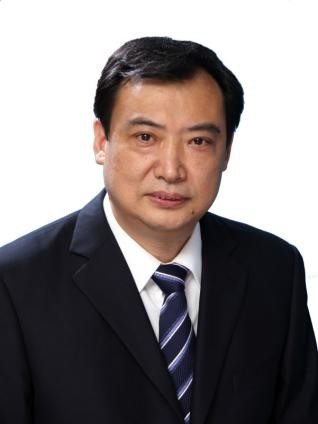
E-mail:hudanliu@whu.edu.cnBiographyDr. Hudan Liu received her PhD in Rutgers, the State University of New Jersey and continued her postdoctoral training in the University of Pennsylvania, Perelman School of Medicine, where she started to focus her interest in hematology oncology. After serving as a principal investigator in Tongji Medical College, Huazhong University of Science and Technology for ...

E-mail:jmwang_whu@outlook.comBiographyWork Experience11/2024 - Present Taikang Medical School (School of Basic Medical Sciences), Wuhan University (Professor)11/2024 - Present TaiKang Center for Life and Medical Sciences, Wuhan University (PI)03/2022-10/2024 Horae Gene Therapy Center, Department of Microbiology and Physiological Systems, University of Massachusetts Chan Medical School (Instructor)...

Dr. Jie Xu holds the position of professor and serves as the principal investigator at the TaiKang Center for Life and Medical Sciences within Wuhan University. he is research interests revolve around the central nervous system's pivotal role in regulating metabolism.

E-mail:chenjincao@hotmail.comBiographyPersonal ProfileDean of the Brain Hospital and Director of the Department of Neurosurgery, Zhongnan Hospital of Wuhan University; Chief Physician, Professor, and Doctoral Supervisor.With over 30 years of clinical experience in neurosurgery, he is particularly proficient in the microsurgical treatment of cerebrovascular diseases (such as aneurysms, arteriovenous ...

Currently, immune therapies targeting the PD-1/PD-L1 pathway are widely employed in clinical oncology. While these treatments result in complete remission for specific cancer patients, a considerable proportion, around 70%, do not respond as expected. Therefore, the search for new strategies in cancer immunotherapy have become hot topics and cutting-edge issues in cancer research.

E-mail:huangkai@whu.edu.cnBiographyHuang Kai is a Changjiang Distinguished Professor of the Ministry of Education, Chief Physician and Doctoral Supervisor. He currently serves as the Secretary of the Party Committee of Renmin Hospital of Wuhan University and Director of the Hubei Provincial Clinical Research Center for Metabolic Cardiovascular Diseases. His primary research focus on metabolic and ...